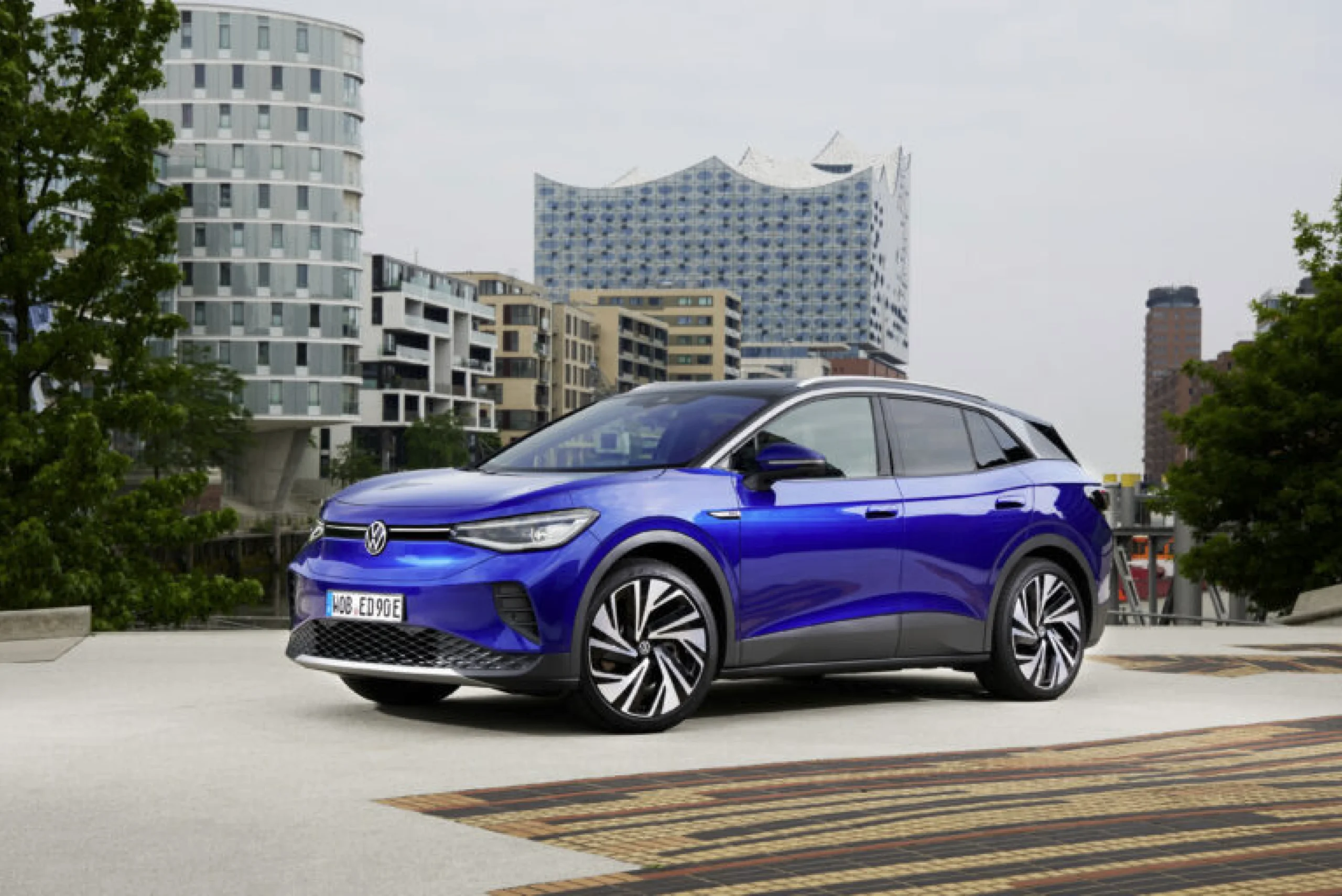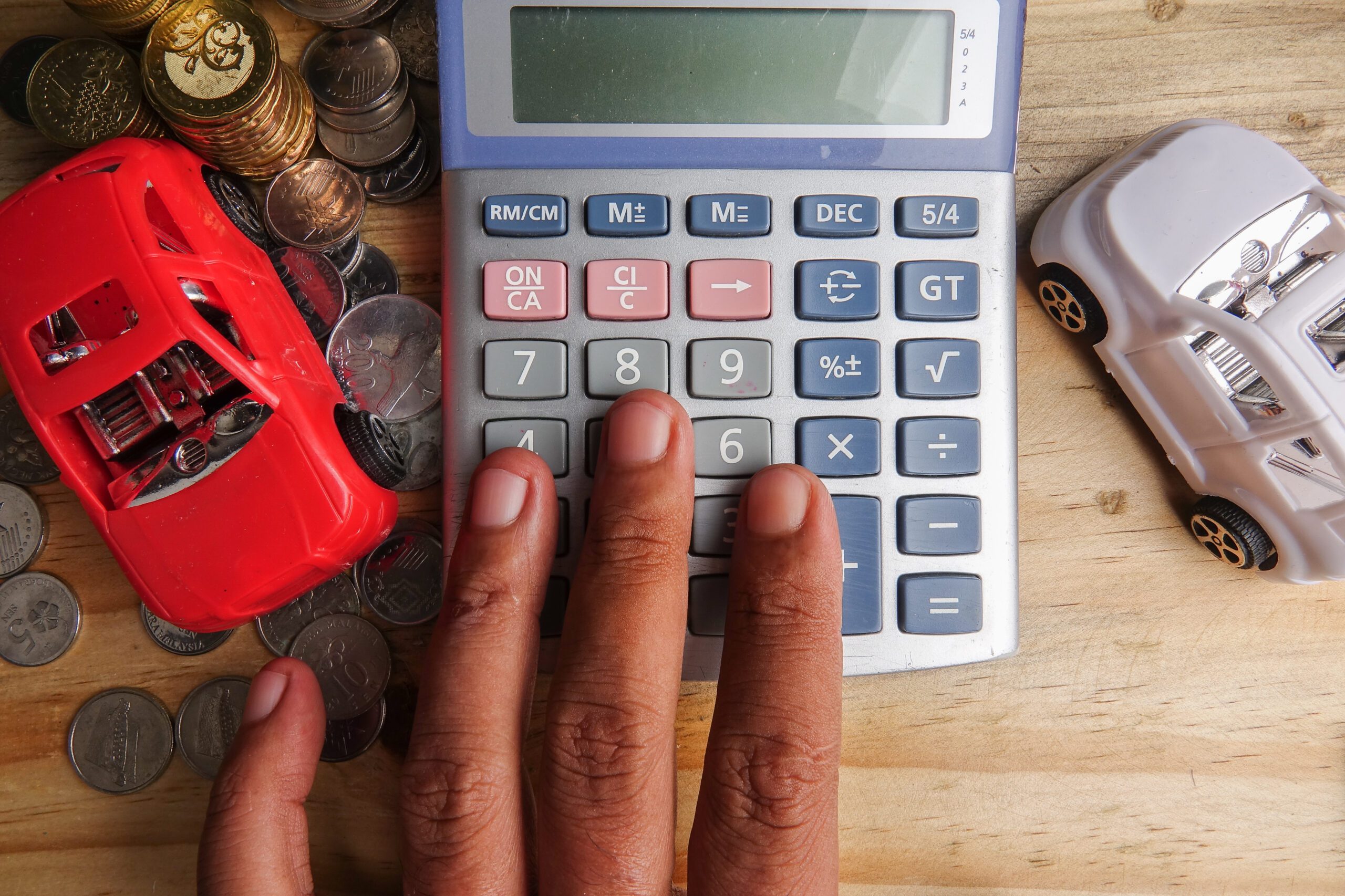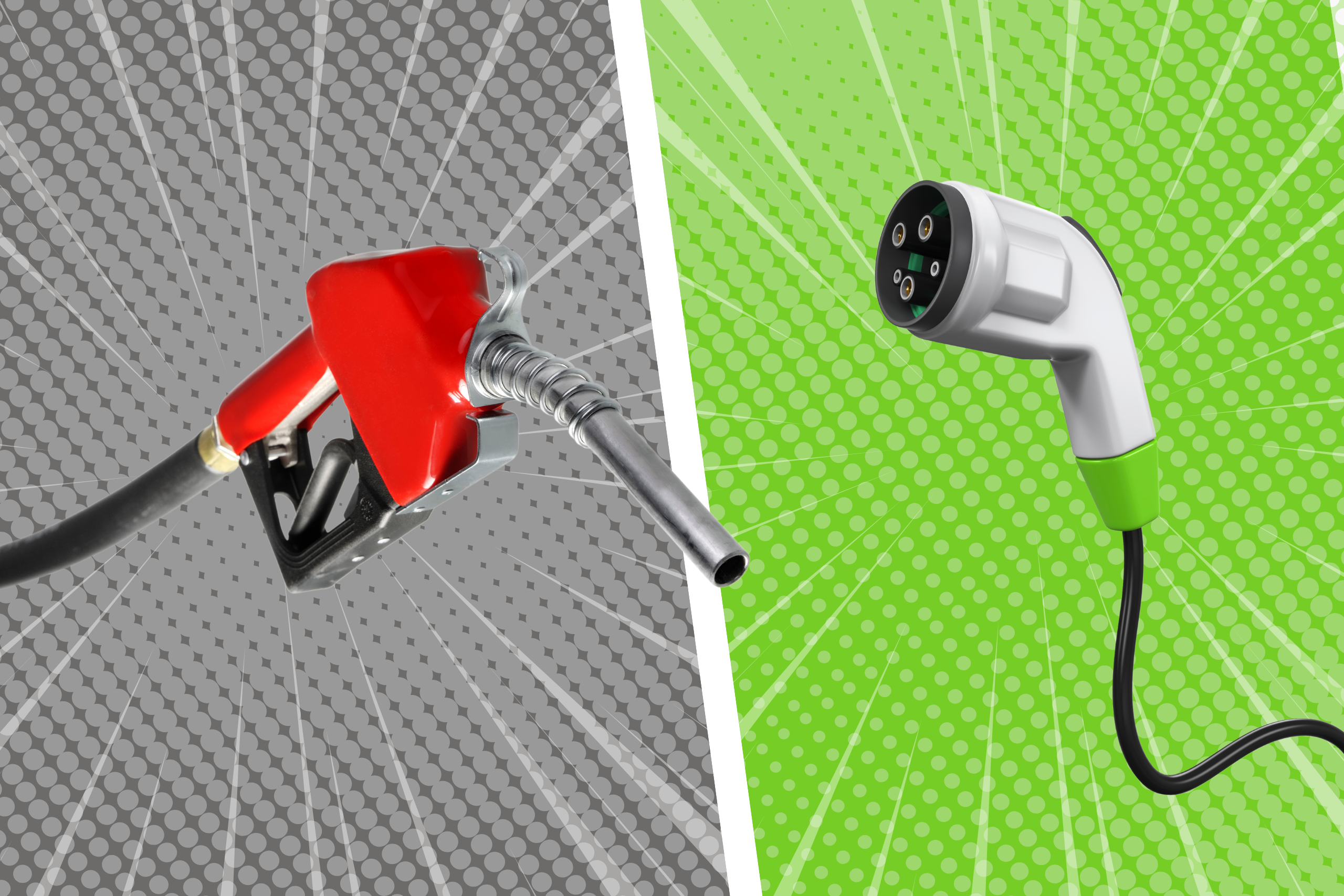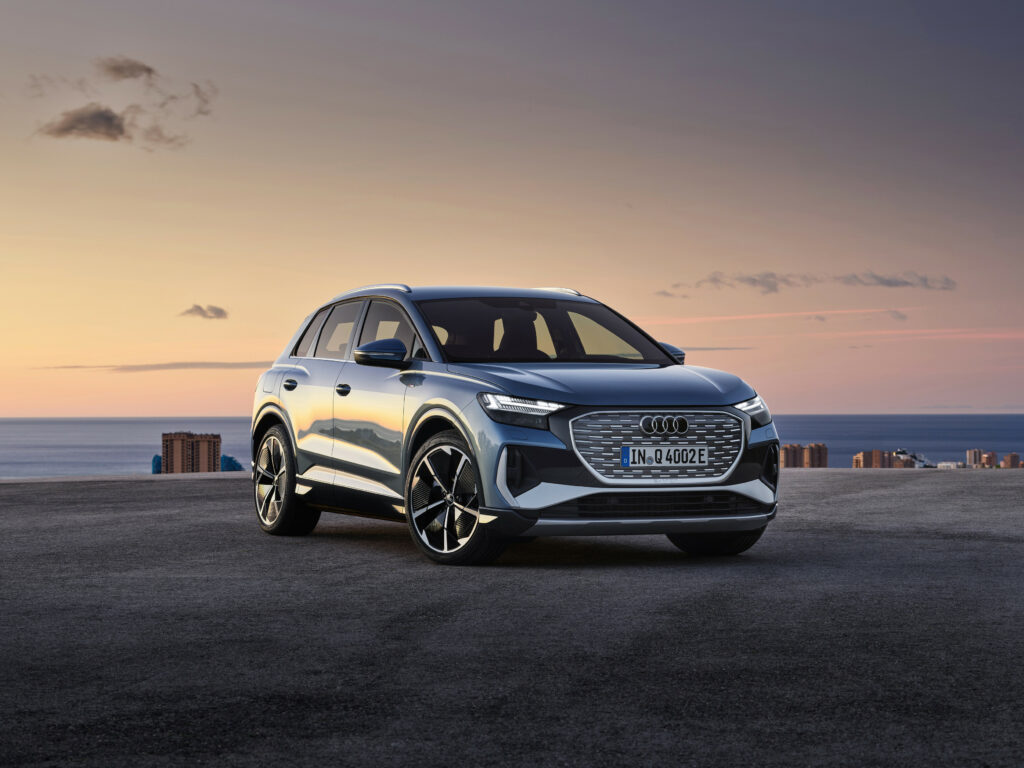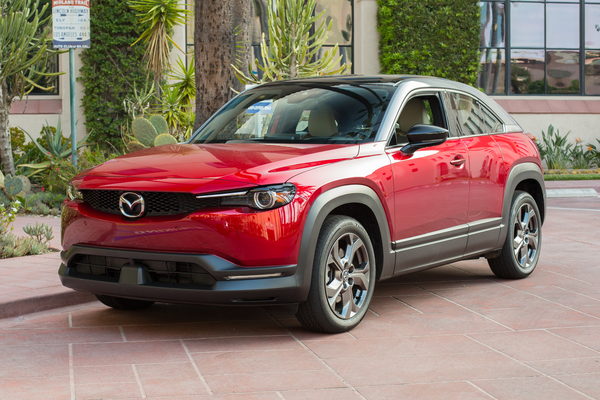
The Inflation Reduction Act (IRA) added a new tax credit of up to $4,000 for used electric vehicles – a boon to prospective buyers looking for something a little more affordable. Those consumers have more options now: from July 2022 to January 2023, the used EV market nearly doubled and average prices dropped by 17%.
Prices and rebates aren’t the only factors to consider when considering a used electric vehicle, and AAA’s Used EV Buyer’s Guide covers driving range, overall ownership costs, repair, and how to evaluate a vehicle’s condition. But prospective buyers should know whether they meet income and price restrictions for the used EV credit – and how to claim it if they qualify.
The credit is 30% of the sale price, up to a maximum of $4,000.
The credit is nonrefundable – so if your total tax liability for a year is $3,000, but you would otherwise qualify for a $4,000 credit, you still only receive a $3,000 credit.
Only taxpayers under certain income levels are eligible for the credit. Specifically, the maximums are:
- Single filer: $75,000
- Head-of-household: $112,500
- Joint filer / surviving spouse: $150,000
This limit applies to either your prior year income or your current year income. In practical terms, that means if you were a single filer with an income of $70,000 in 2022 and you bought a used EV in 2023, and then got a raise to $80,000 a year, you would still be eligible for the credit, even if your income is above the threshold in 2023.
Likewise, if you earned $80,000 in 2022, but your income lowered to $70,000 in 2023, you’d be eligible for a credit for a used EV bought in 2023.
Only taxpayers under certain income levels are eligible for the credit. Specifically, the maximums are:
- Single filer: $75,000
- Head-of-household: $112,500
- Joint filer / surviving spouse: $150,000
This limit applies to either your prior year income or your current year income. In practical terms, that means if you were a single filer with an income of $70,000 in 2022 and you bought a used EV in 2023, and then got a raise to $80,000 a year, you would still be eligible for the credit, even if your income is above the threshold in 2023.
Likewise, if you earned $80,000 in 2022, but your income lowered to $70,000 in 2023, you’d be eligible for a credit for a used EV bought in 2023.
Both plug-in hybrids (PHEVs) and battery electric vehicles (BEVs) are eligible, provided they meet certain restrictions, including:
Maximum price: The sale price must be no higher than $25,000. (As of January 2023, approximately 20% of dealer listings for used EVs would meet this requirement, according to Recurrent Auto).
Vehicle age: The model year must be at least 2 years older than the calendar year when the sale occurs. For example, only vehicles with a model year of 2021 or older would be eligible in 2023 – model year 2022 would not qualify yet.
Purchased from dealer: Only cars purchased from a dealership are eligible – private sales do not qualify. The dealership must give you certain information when you buy the vehicle, including their taxpayer ID number, the sale date and price, and the battery capacity.
First resale since IRA took effect: You must be the first person to buy the vehicle used since August 16, 2022. In 2023, nearly every used car sale by a dealer will meet this requirement – it’s unlikely that someone buys a used EV and then sells it to a dealer within the course of a year. But it’s not uncommon to see vehicles in the broader used car market that have two or more prior owners, so this restriction may be more relevant in future years. No matter what, you should confirm with the dealer that the car you’re considering would be eligible.
Weight and battery capacity requirements: Virtually all passenger cars that are PHEVs or BEVs will meet the weight restrictions, which are designed to exclude heavier commercial vehicles. (To be eligible, vehicles must have a battery capacity of at least 7 kilowatt hours (kWh) and a gross vehicle weight rating of less than 14,000 pounds).
The IRS offers a list of qualified vehicles, which is not necessarily exhaustive – some manufacturers have yet to provide a list of eligible cars.
When you file your 2023 tax return in early 2024, you can work with your accountant or tax software to claim the credit for a vehicle purchased in 2023. Starting in 2024, used EV buyers may be able to receive a rebate at the point of sale – so you can get the credit as a discount applied to the purchase of the car, rather than waiting to file a tax return the following year.
If you claim a tax credit for a used EV, you are ineligible for credits for any vehicles bought within the three years following the initial purchase. Once three years have passed, you’ll be able to claim another credit.
The Inflation Reduction Act ends the used EV tax credits after ten years – so beginning in 2033, used EVs will no longer be eligible (though Congress can always extend the program).
AAA’s Recommendation: Whether you own an electric vehicle or a gas-powered car is up to you – and you should consider lots of factors in making that choice. No matter what type of vehicle you’re choosing, we recommend visiting a dealership, test driving one, and asking as many questions as possible to make an informed decision.







